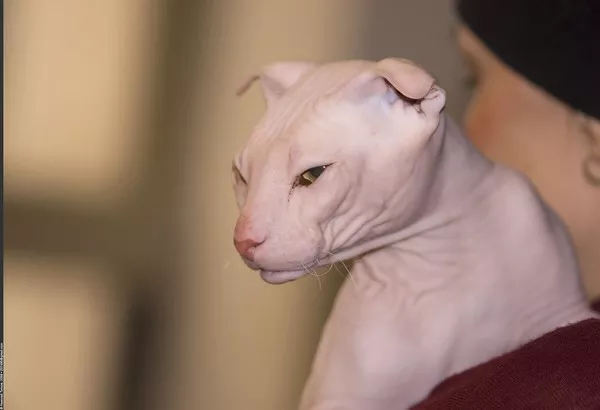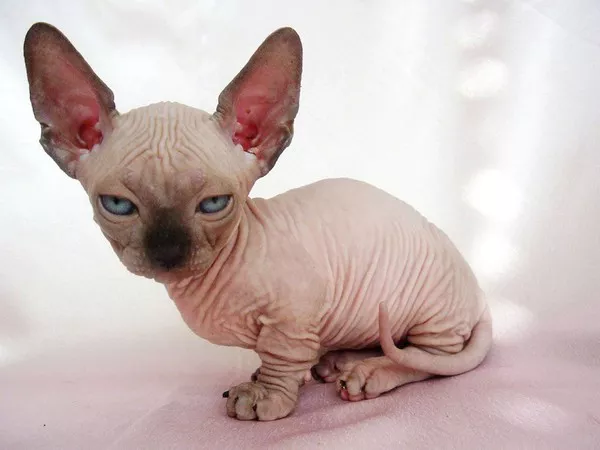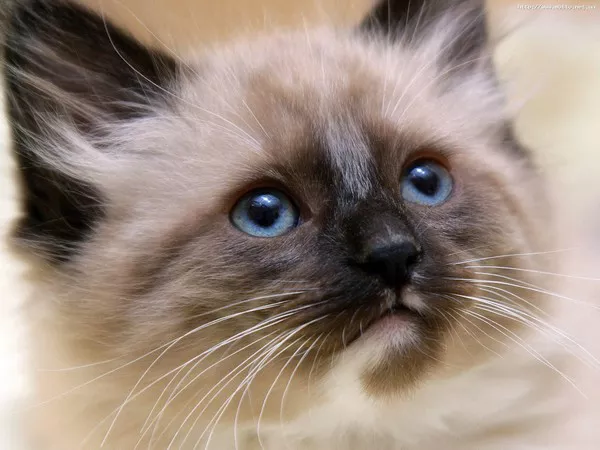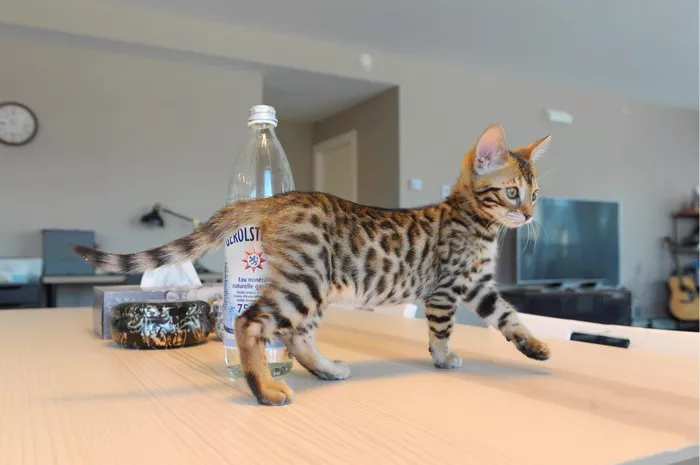Hairless cats, with their unique and striking appearance, have captivated cat enthusiasts around the world. Their lack of fur sets them apart from their furry counterparts, sparking curiosity about their origins. In this article, we delve into the captivating history of hairless cats, exploring their ancestral roots, early appearances in different regions, and the development of specific breeds. By understanding their origins, we can gain a deeper appreciation for these remarkable felines.
1. Ancient Beginnings
The story of hairless cats traces back to ancient times. While the exact origin remains debated, evidence points to their existence in various regions. One theory suggests that hairless cats originated in Egypt, as their depictions were found in hieroglyphics and sculptures. However, another theory suggests they emerged in Mexico, where the Aztecs revered them as sacred beings known as “Mexican Hairless Cats” or “Xoloitzcuintlis.”
2. The Mexican Connection
The association between hairless cats and Mexico is significant. The Aztecs cherished these felines, considering them spiritual guardians with mystical powers. They believed that hairless cats possessed healing abilities and brought good fortune. The Mexican Hairless Cat, also called the “Xoloitzcuintli,” was an integral part of Aztec culture and rituals. These felines held such reverence that they were often buried alongside their deceased owners to guide them through the afterlife.
3. Modern Breed Development
The journey of hairless cats continued through the centuries, eventually leading to the development of distinct breeds. One key figure in this process was Dr. Hugo Hernandez, a veterinarian from Mexico City. Inspired by the Aztec heritage, he began selectively breeding hairless cats, aiming to perpetuate their unique genetic traits. This breeding program laid the foundation for modern hairless cat breeds.
4. The Sphynx Cat
The most renowned and recognizable breed of hairless cats is the Sphynx. In the mid-1960s, a domestic cat in Canada gave birth to a hairless kitten, which was named Prune. Through careful breeding, Prune’s lineage became the basis for the development of the Sphynx breed we know today. While they lack a coat, Sphynx cats have a fine layer of downy fur, giving them a warm, suede-like feel.
5. Other Hairless Cat Breeds
Apart from the Sphynx, several other hairless cat breeds have emerged over time. The Peterbald, originating in Russia in the late 20th century, boasts a slender body and elegant appearance. The Donskoy, another Russian breed, has a more pronounced wrinkled skin and a wide range of coat textures. The Elf Cat is a recent addition, resulting from crossbreeding Sphynx cats with American Curl cats, offering a distinctive curled ear alongside its hairless trait.
6. Care and Maintenance
Hairless cats require unique care due to their lack of fur. Without the insulating properties of fur, they are more susceptible to temperature changes. Regular bathing is essential to keep their skin clean and moisturized. Additionally, they need protection from the sun’s harmful rays, as their exposed skin is prone to sunburn. A balanced diet and diligent attention to their overall health are crucial for these remarkable felines.
7. Popularity and Adoption
Hairless cats have gained popularity worldwide due to their striking appearance and affectionate nature. Their unique charm has attracted cat lovers seeking an extraordinary companion. However, it is vital to note that owning a hairless cat requires commitment, as they have specific needs and may require more attention than their furry counterparts. Adoption from reputable breeders or rescue organizations ensures ethical practices and responsible ownership.
Conclusion
The captivating journey of hairless cats takes us through ancient civilizations, modern breeding programs, and the emergence of distinct breeds. From their sacred status in Aztec culture to their current popularity, hairless cats continue to captivate the hearts of cat enthusiasts around the globe. Through understanding their origins and unique care requirements, we can appreciate these exceptional felines for their beauty, charm, and fascinating history.



























